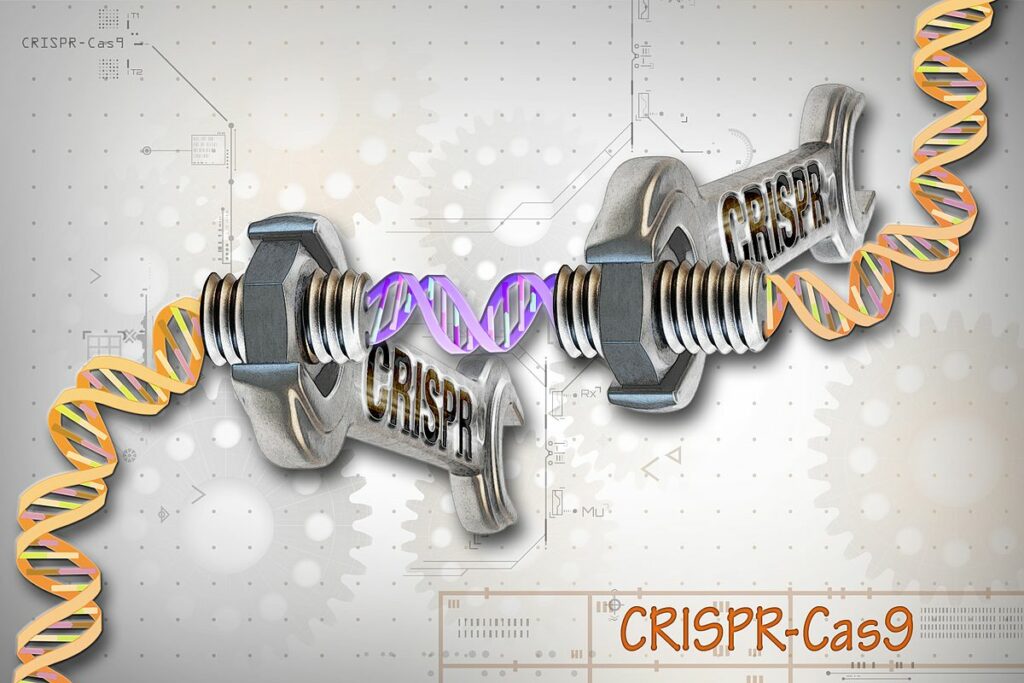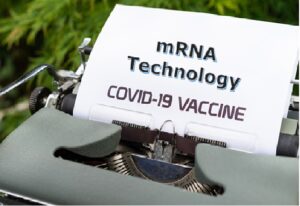Scientists go ahead with the first lawful CRISPR trial for treating hereditary blindness

Neucrad Health India September 21, 2019
In the year 2010, genetic engineers developed a unique gene-editing technology- CRISPR, which has revolutionised the entire field of medicine and therapy. Scientist Francisco Mojica from the University of Alicante in Spain first discovered CRISPR or Clustered Regularly Interspaced Short Palindromic Repeats within a form of bacteria. It was the framework of the bacterial defence system. Scientists first used this revolutionary method of gene editing in experimental configuration during 2013. After that, until today, researchers have cited CRISPR in 2.8 lakhs scientific publications, which are breakthroughs in their own credit. In the last nine years, since its launch in 2010, geneticists have proposed using CRISPR as a promising tool in treating more than 6000 medical conditions.
How is 2019 unique in reference to CRISPR?
In 2016, the National Institute of Health issued a go-ahead to a research team at the University of Pennsylvania (UPenn) to start with the CRISPR gene-editing technology in clinical trials on human beings. In the three long years, they have successfully cured two cancer patients suffering from multiple myeloma and a rare form of malignancy called sarcoma. However, in 2019, scientists are going ahead with the first lawful CRISPR trial for treating inherited blindness in an individual.
What is the meaning of CRISPR?
As already mentioned, CRISPR stands for Clustered Regularly Interspaced Short Palindromic Repeats. In simple terms, this gene-editing technology acts as a re-engineered virus-hunter. Initially, it functioned as a natural defence for bacterial cells, where it recorded every detail about their pathogens. It helped them to replicate these immunity blocks whenever they get invaded by the same group of pathogens (in this case, virus). During the second attack, the bacteria know specifically which block of the viral genome they need to attack. They can also precisely cut the viral genome, and paste it into their own genetic material so that they can replicate it conveniently, and nullify them.
What is the function of Cas9 in CRISPR gene-editing tool?
Cas9 or CRISPR associated protein 9 is a specific enzyme present in bacterial cells which scientists use as “molecular scissors”. Cas9 identifies the CRISPR sequences, and travel to specific spots within a living organisms’ genetic code. It can cut both the strands of DNA of the host genome, which scientists can use in their advantage to either to disable specific gene sequences or to snip out some trouble causing DNA. Modern scientists have also suggested the use of CRISPR-Cas9 mechanism to repair a medical issue in patients.
How is CRISPR going to treat inherited blindness in a patient?
Recently, geneticists have proposed to legally treat a patient who has genetic blindness by the use of CRISPR-Cas9 mechanism. Scientists will use this highly advanced and efficient molecular scissor to rectify the gene sequences, which are the cause of the inherited blindness. They will directly introduce the CRISPR-Cas9 genetic tool inside the eyes of the patient in the form of an injection.
Though this genetic technique using injectable CRISPR-Cas9 mechanism may sound dangerous to common people, scientists and medical fraternity are quite hopeful about the success of this experiment. It is primarily because they have conducted numerous controlled trials on this module in the past, and have obtained promising results in other animals (60 per cent in mice, and 28 per cent in monkeys). Doctors will first introduce a limited quantity of CRISPR-Cas9 tool. If it provides a satisfactory result, then they will inject a higher dose of this genetic editing mechanism. Moreover, modification in only ten per cent of retinal cells by CRISPR-Cas9 would be enough in offering a partial vision to the patient. So, as a whole, going ahead with this technique is a safe strategy.
Let us be hopeful that this gene-editing technology will bring about more promising results in the field of medicine.
Source: NPR, FIRST POST









